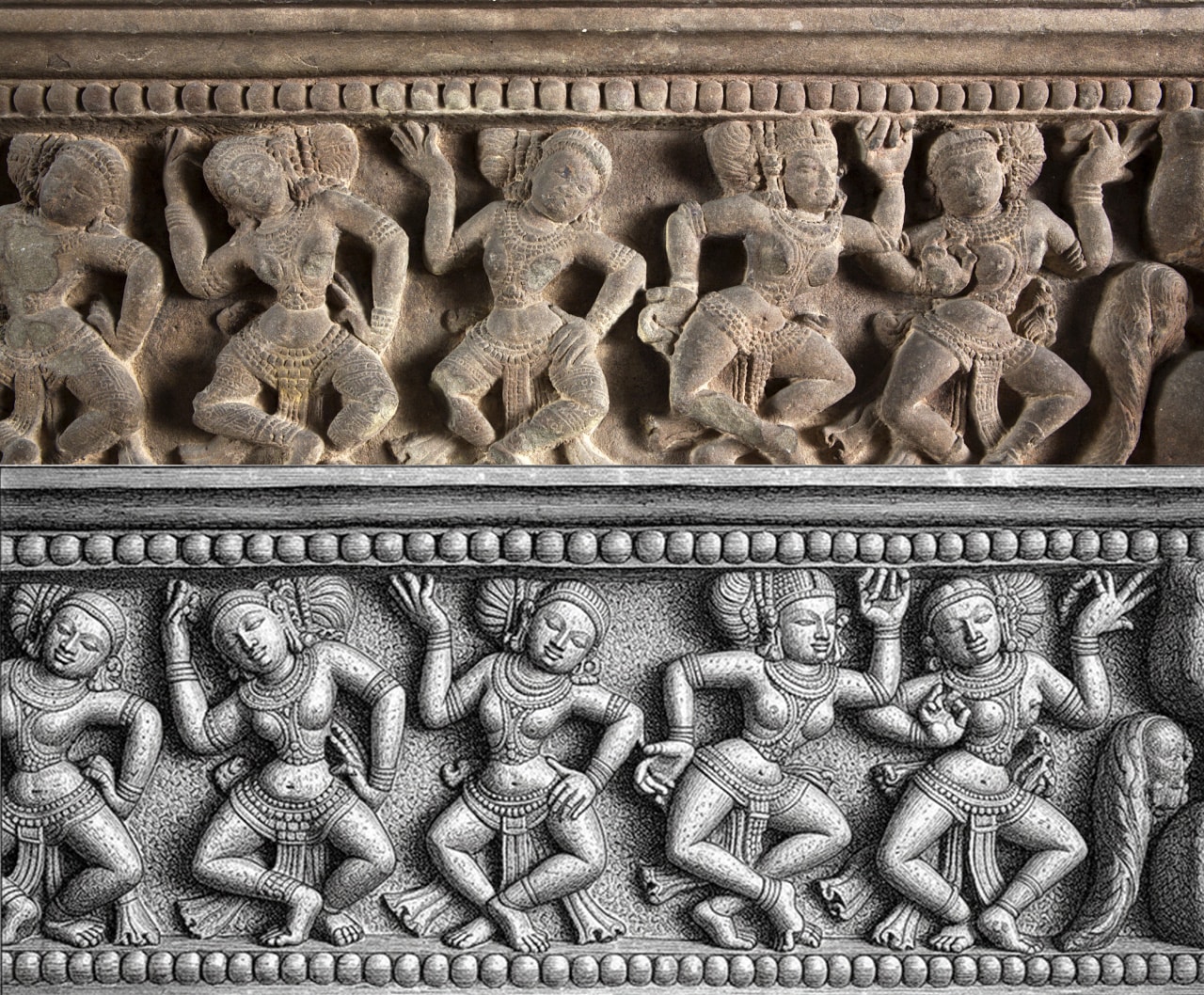
Now, that spirit is being fueled by AI, a new tool that opens the way to continue the legacy in the language of the digital age.
The dream of a “collective memory library” from AI
Comemo.vn is one of the pioneering efforts in applying AI to heritage conservation in Vietnam. This application was developed by Nguyen Thai Anh - who has many years of experience in consulting on AI applications and solutions in Germany - allowing the extraction of ancient patterns from photos into different digital formats.
Nguyen Thai Anh said that the idea of Comemo was formed when he realized that the restoration of ancient patterns still relied mainly on manual operations, was time-consuming and prone to errors. For him, patterns are not just decorative details, but the aesthetic memories and knowledge of the ancients contained in each line. But today, those quintessence are being copied carelessly, superficially and abused in the name of "promoting national culture".
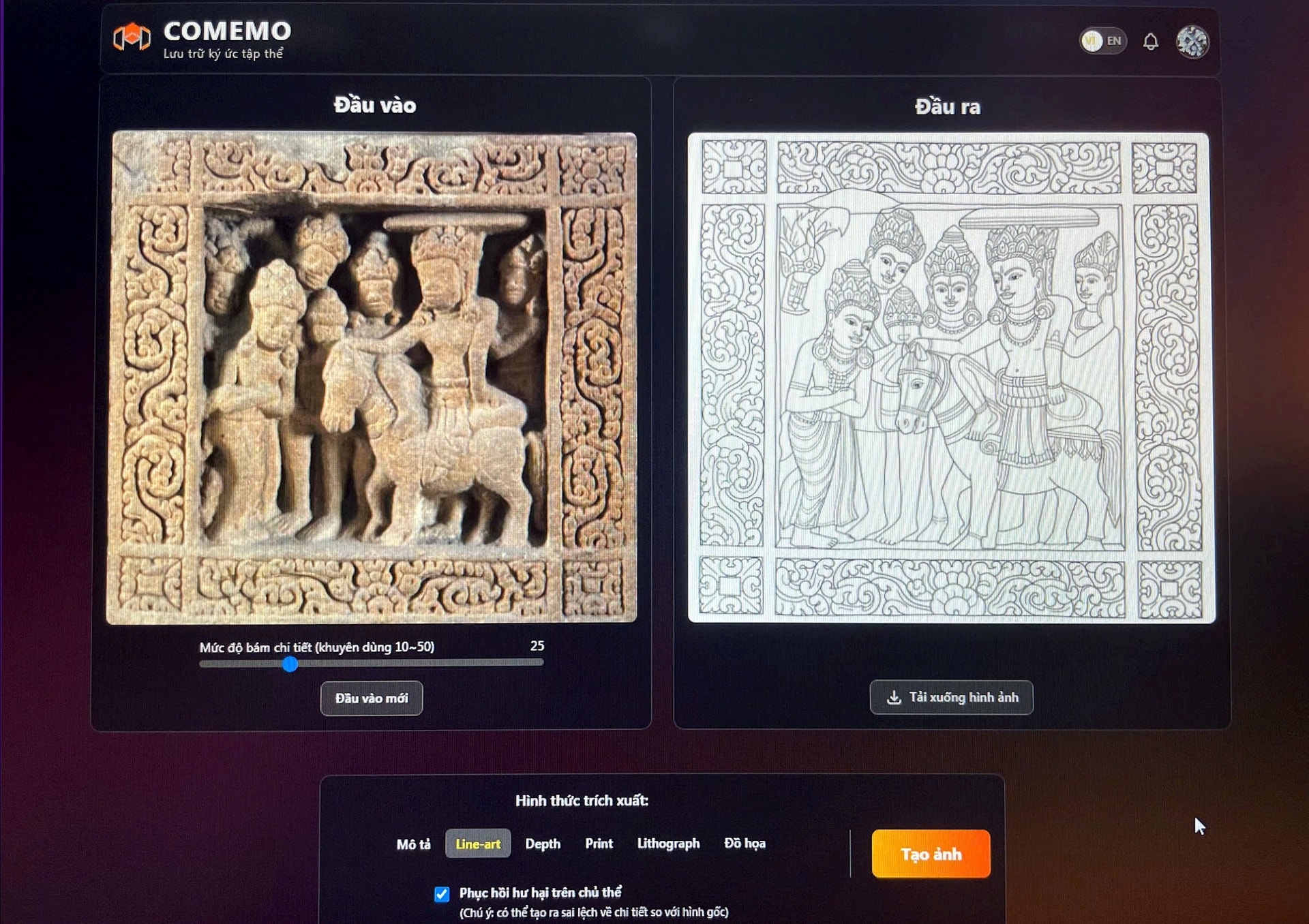
“A sloppy stroke can tarnish the spirit of an entire heritage. I don’t want AI to replace humans, but just do the heavy lifting so we have more time to feel and create from the heritage,” said Thai Anh.
In September 2025, he officially introduced a demo of AI technology to extract ancient patterns from photos of artifacts and scanned documents. The system can recognize detailed patterns, recreate them into line drawings, simulate depth, lithograph sketches, 2D flat graphics and export vector files (SVG) for use in professional design.
Users can take photos on the spot, save them to their personal library or share them with the community, all with the goal of building a “collective memory library” of Vietnamese patterns. After only one month of testing, on October 1, 2025, Comemo entered the Open Beta phase with more than 800 users and nearly 10,000 photo processing times - numbers that show great interest from the research and creative community.
Preserving heritage in digital space
Not only in fine arts or archaeology, AI is proving to play an increasingly important role in the social sciences and humanities. With the ability to process huge amounts of data and recognize complex patterns, AI helps researchers overcome the limitations of traditional methods.
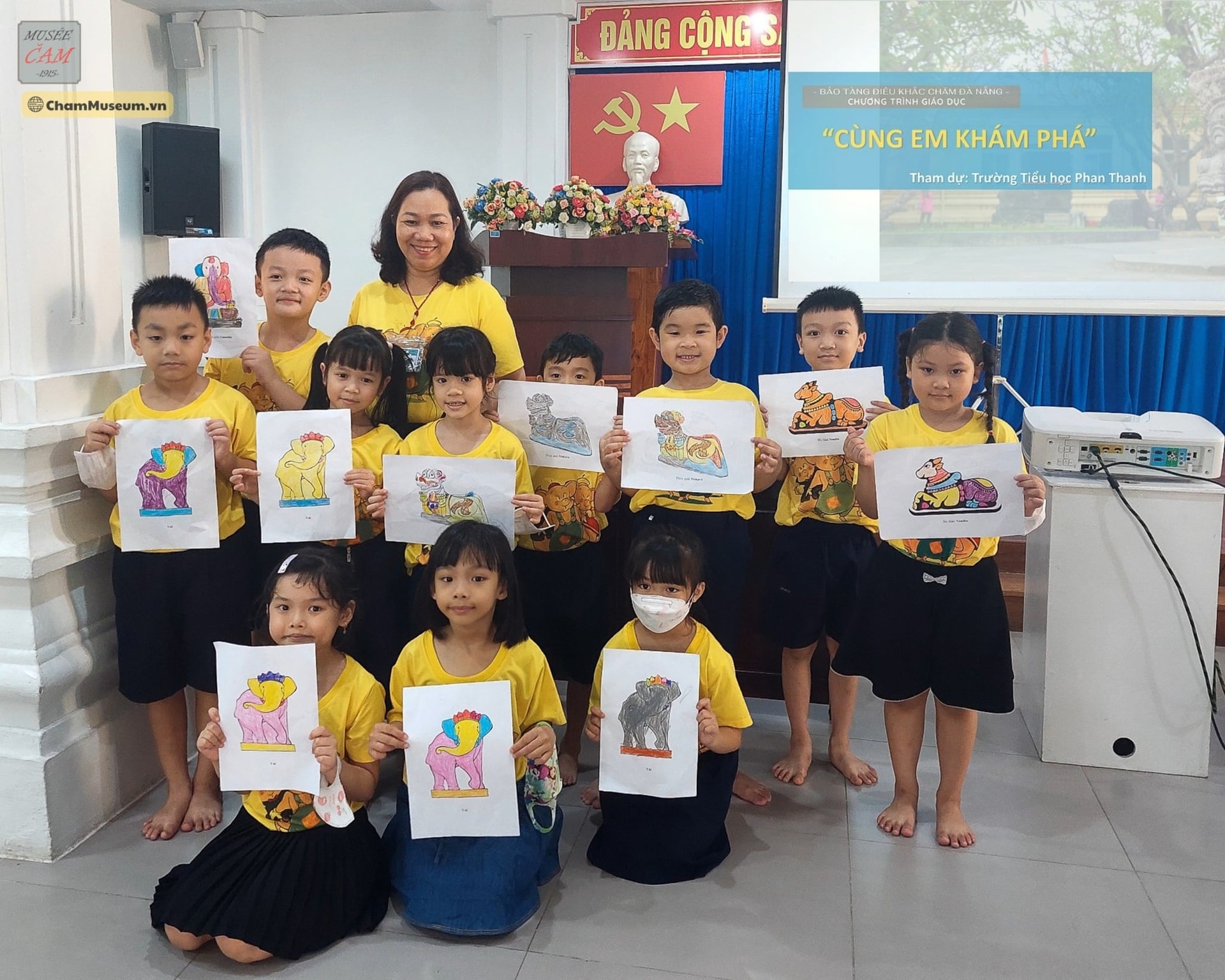
In Vietnam, the National Archives Center I has digitized more than 80,000 pages of Nguyen Dynasty documents; the NomNaOCR project of Ho Chi Minh City National University has digitized thousands of Han Nom pages; the University of Natural Sciences has developed a translation system from Nom to Quoc Ngu...
All of this points to a new trend: digitization is not just for archiving, but also for regenerating heritage. When used properly, technology does not diminish traditional values, but helps us see them more clearly, more closely, and live with them longer.
Photographer Le Bich - founder of the Ancient Patterns group, commented that the Comemo project is still in the testing phase but has great potential, is a useful AI application, has a high community spirit. Reviews from the testing user community also show that the Comemo.vn system operates stably, allows the reproduction of patterns at a detailed level and with high accuracy.
The tool proves to be particularly useful when processing artifacts with sensitive surfaces that are difficult to access by hand stamping, even simulating missing parts, and opens up research possibilities with specimens that are out of reach, even in foreign museums.
As an early adopter and tester of Comemo, Mr. Ly Hoa Binh (Media Education Department, Da Nang Cham Sculpture Museum) said: “Testing the application on some sculptures at the museum, the impressive thing is the simple operation and the quality of the extracted patterns with an accuracy of 80-90% compared to the original motifs, superior to previously available tools.
This application can significantly save time and human resources in creating illustrations and designing publications for the Cham Museum's heritage education and communication work, while also providing a rich source of data, making museum communication products more vivid and attractive," he said.
Dr. Ha Thi Suong, an archaeologist working at the Da Nang Museum, tested and commented: “The application helps extract motifs on ceramics, reliefs, bronze drums, paintings... to create a database of folk motifs, contributing to storing traditional cultural symbols in digital form, convenient for comparison and analysis. If completed, this tool can become the foundation for building a database of iconography to form a digital map of regional symbols.”
Nguyen Thai Anh said that the project is being operated with personal resources, but there is still a support policy on accounts and independent systems for researchers, artisans, museums and academic units with specialized needs with the desire that everyone joins hands and shares data to enrich the common archive.
“For me, Comemo is not just a tool, but a journey of resonance - a way to preserve cultural memories in the language of the new era, where technology and people work together to preserve heritage. It is also my gratitude to Vietnamese culture,” he shared.
Source: https://baodanang.vn/giu-hon-di-san-3306693.html








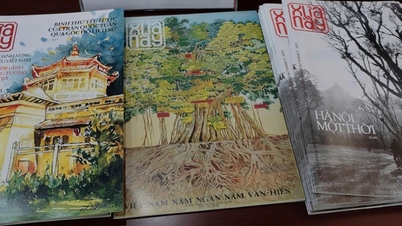





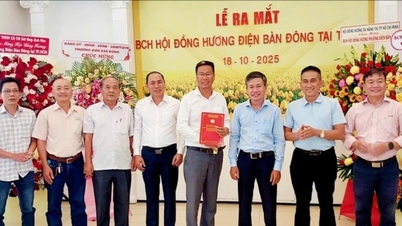


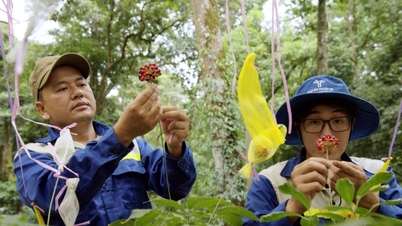







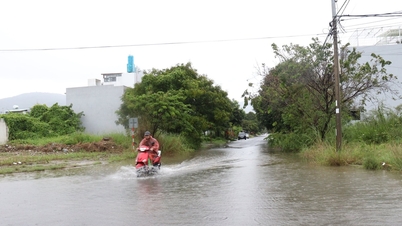
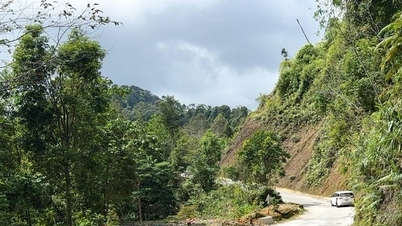

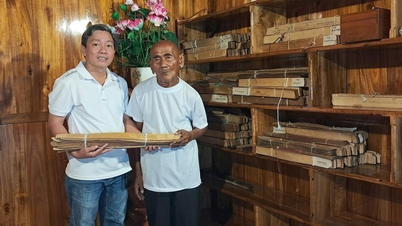

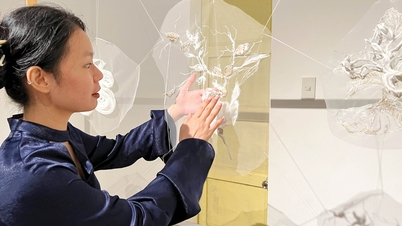

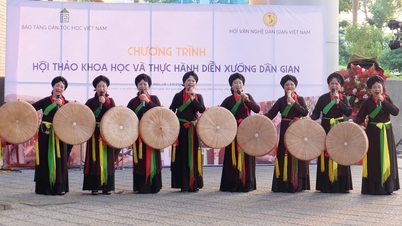



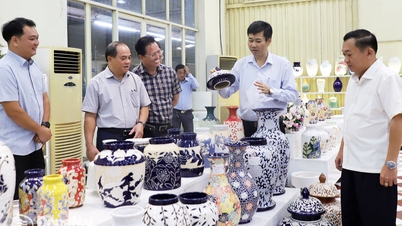







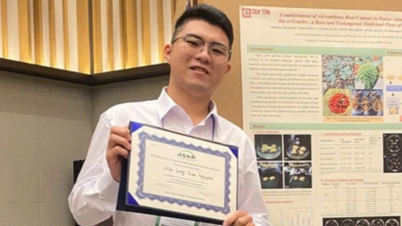

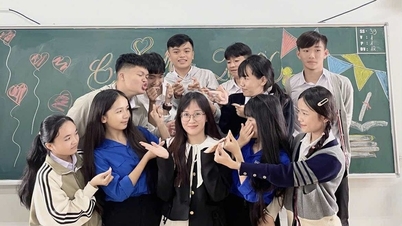

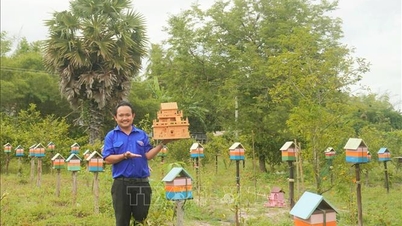




















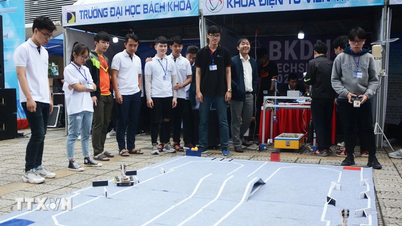


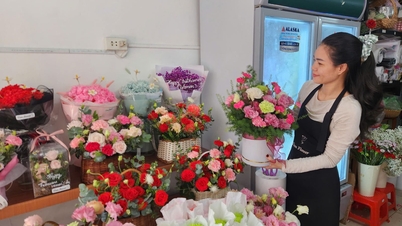

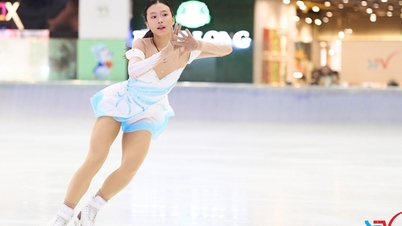




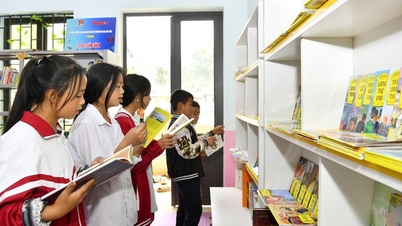

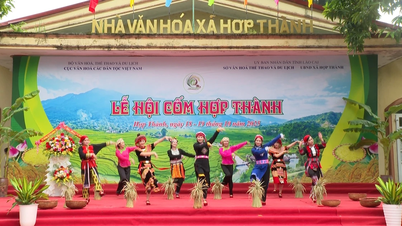


















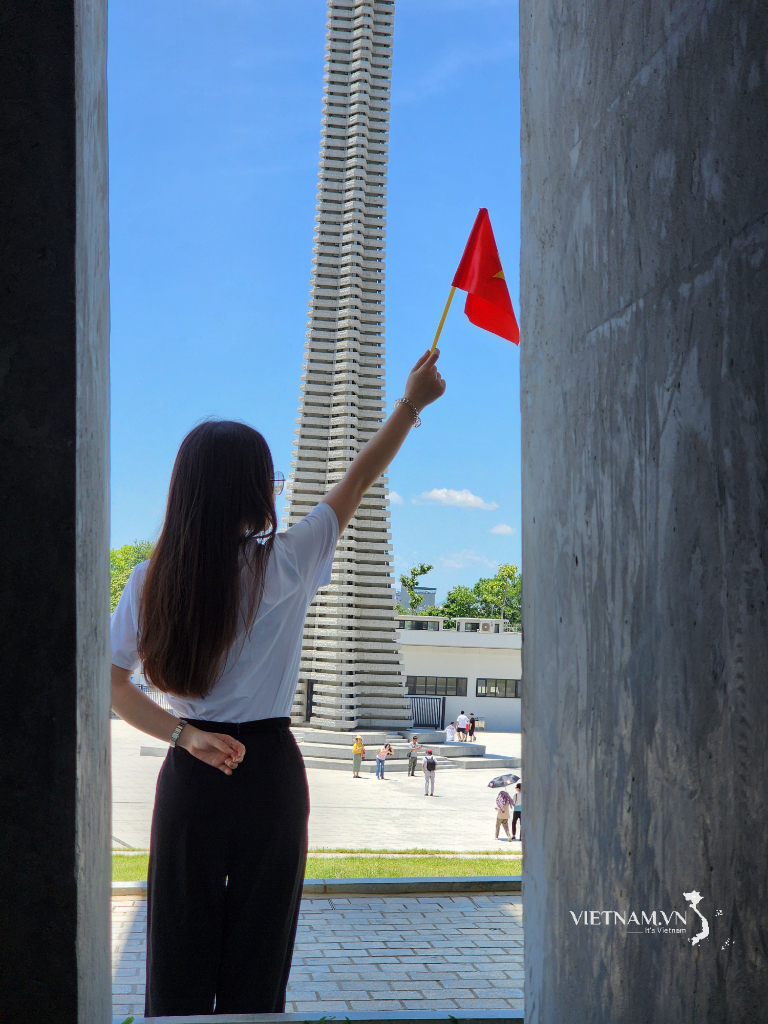

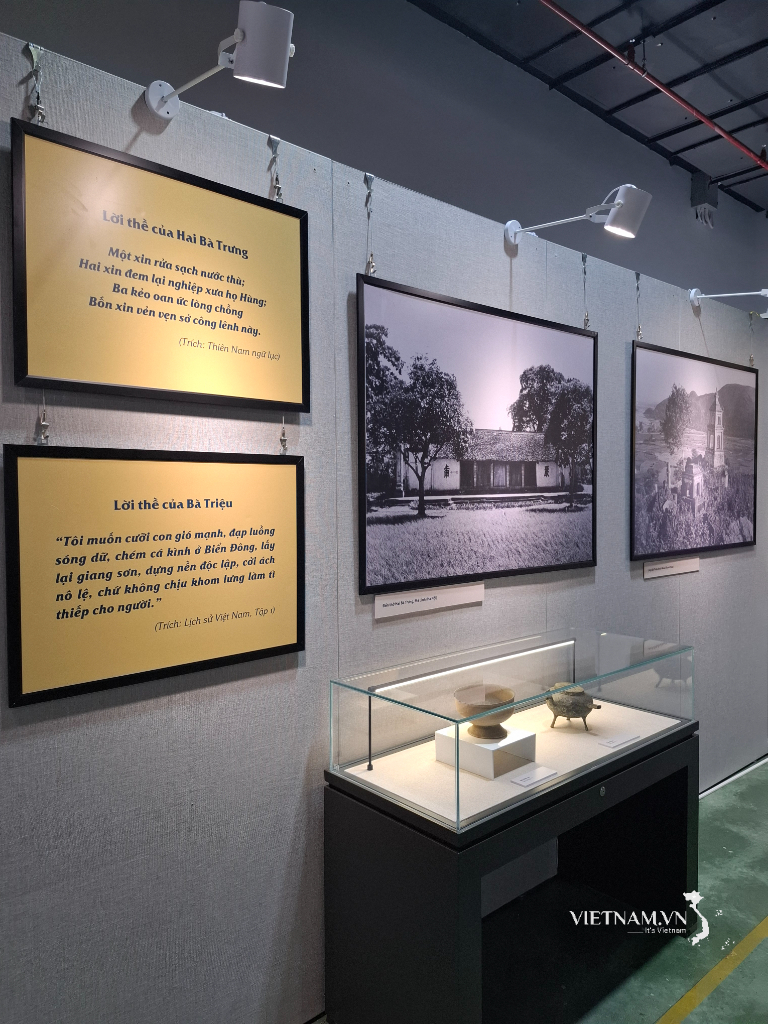
Comment (0)